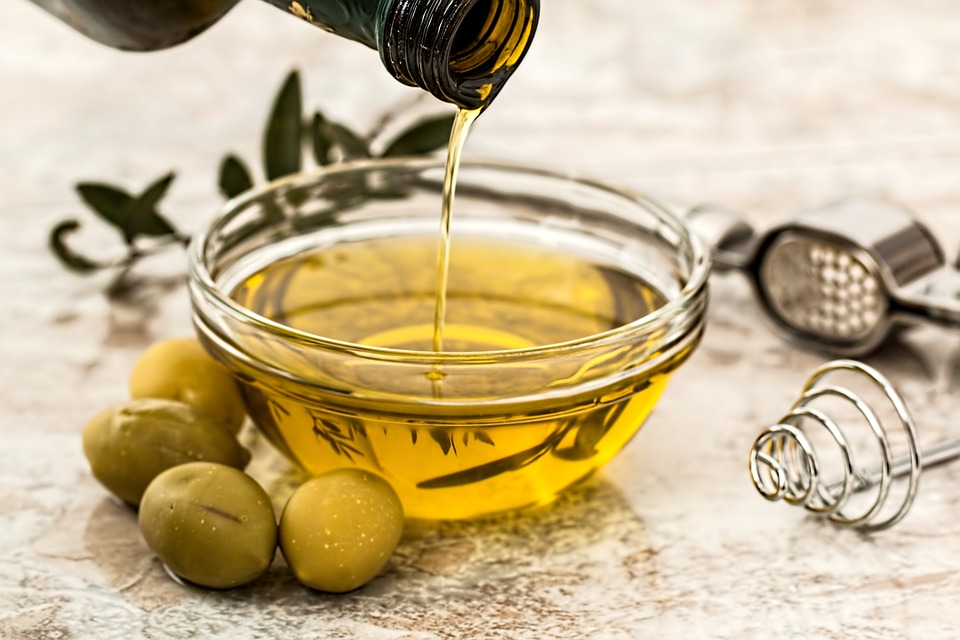Olive oil, which is simply the oil extracted from the fruit of olive trees, has been cultivated for thousands of years across the Mediterranean Basin. Today, olive oil is steadily increasing in popularity across the globe due to its health benefits. Some studies suggest that long-term consumption of small amounts of olive oil may aid in a lower incidence of heart disease due to the chemicals polyphenol and oleocanthal, an antioxidant, obtained from the oil.
Bottom of the Barrel
The highest grade of olive oil, called extra-virgin, is an unrefined oil which contains a higher amount of natural vitamins and minerals found in olives. The International Olive Council (IOC) governs approximately 95% of international olive oil production and regulates the use of labels for olive oils. According to the IOC standard for extra-virgin olive oil, the oil must not contain more than 0.8% acidity and is judged to have superior taste and no sensory defects.
Of all varieties of olive oil, extra-virgin accounts for only about 10% of oils in major producing countries. Unfortunately, the United States is not a member of the IOC, and with only voluntary standards put in place by the USDA, Americans are often left with the “bottom of the barrel.” In a 2010 study performed by the University of California, Davis it was found that nearly 69% of supermarket oils marketed as “extra-virgin” were not actually extra-virgin according to IOC standards.
Migration Testing in Food Packaging
At CPG, we test olive oil, but not to determine its IOC grade. Instead, we use olive oil as a fatty food stimulant for migration testing in food packaging. Samples of food packaging, or plastic that is contact with food, such as conveyor systems, are immersed in olive oil for specified lengths of time. The amount of extracted products from the plastic into the oil must be determined by accounting for the weight loss in the sample, corrected by the amount of absorbed olive oil into the sample. Typically, extraction with derivatization of the oil, followed by GC-MS, allows quantitative assessment of the amount of absorbed oil. In addition, GC-MS, along with LC-MS, can be used to quantify and identify individual species extracted by the oil from the plastic. Details of the requirements for food contacting materials in Europe can be found in EU No. 10/2011.
For more information, please visit our packaging analysis page.

